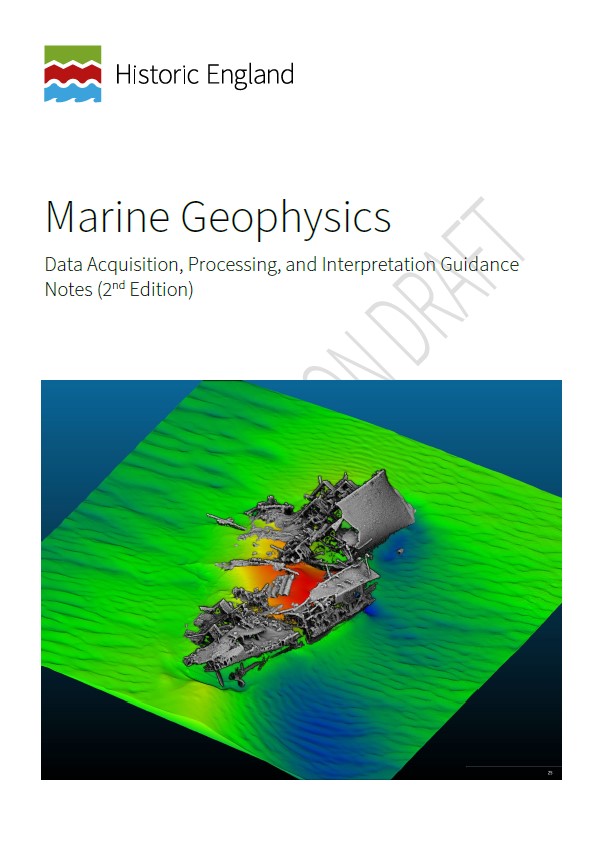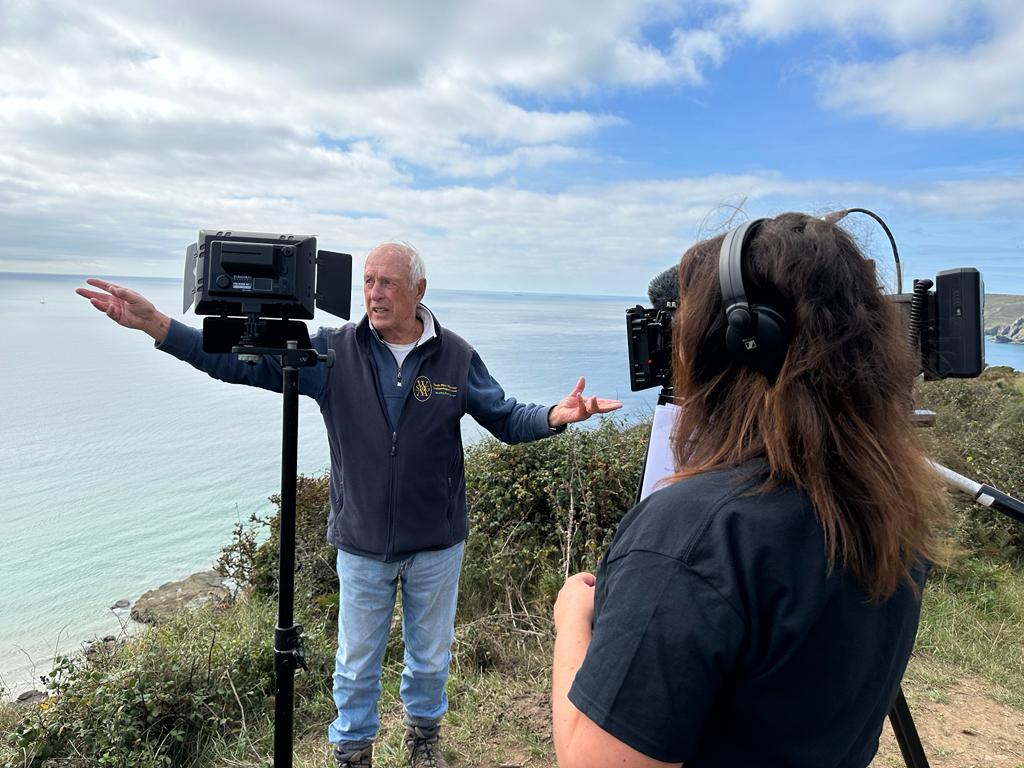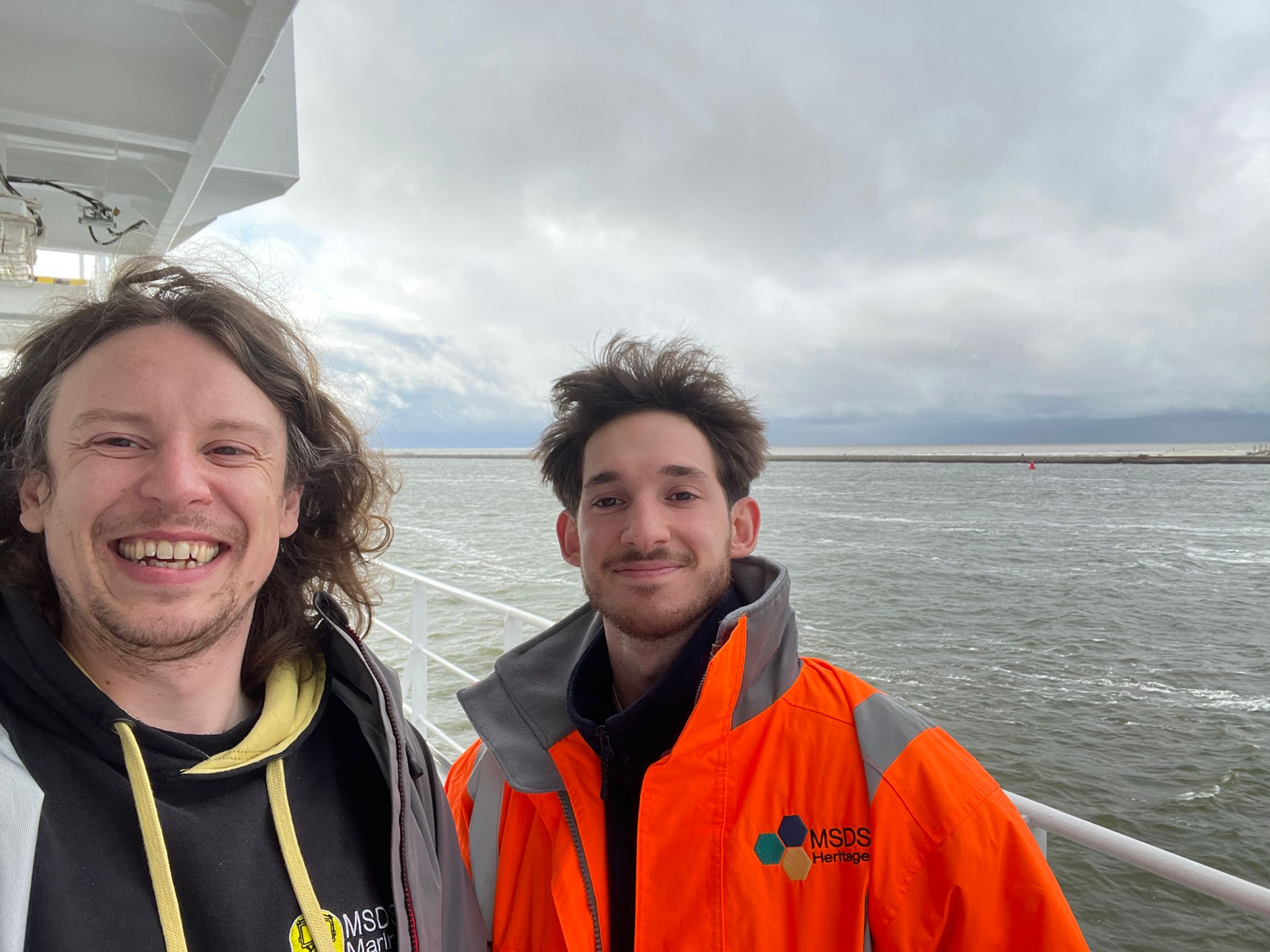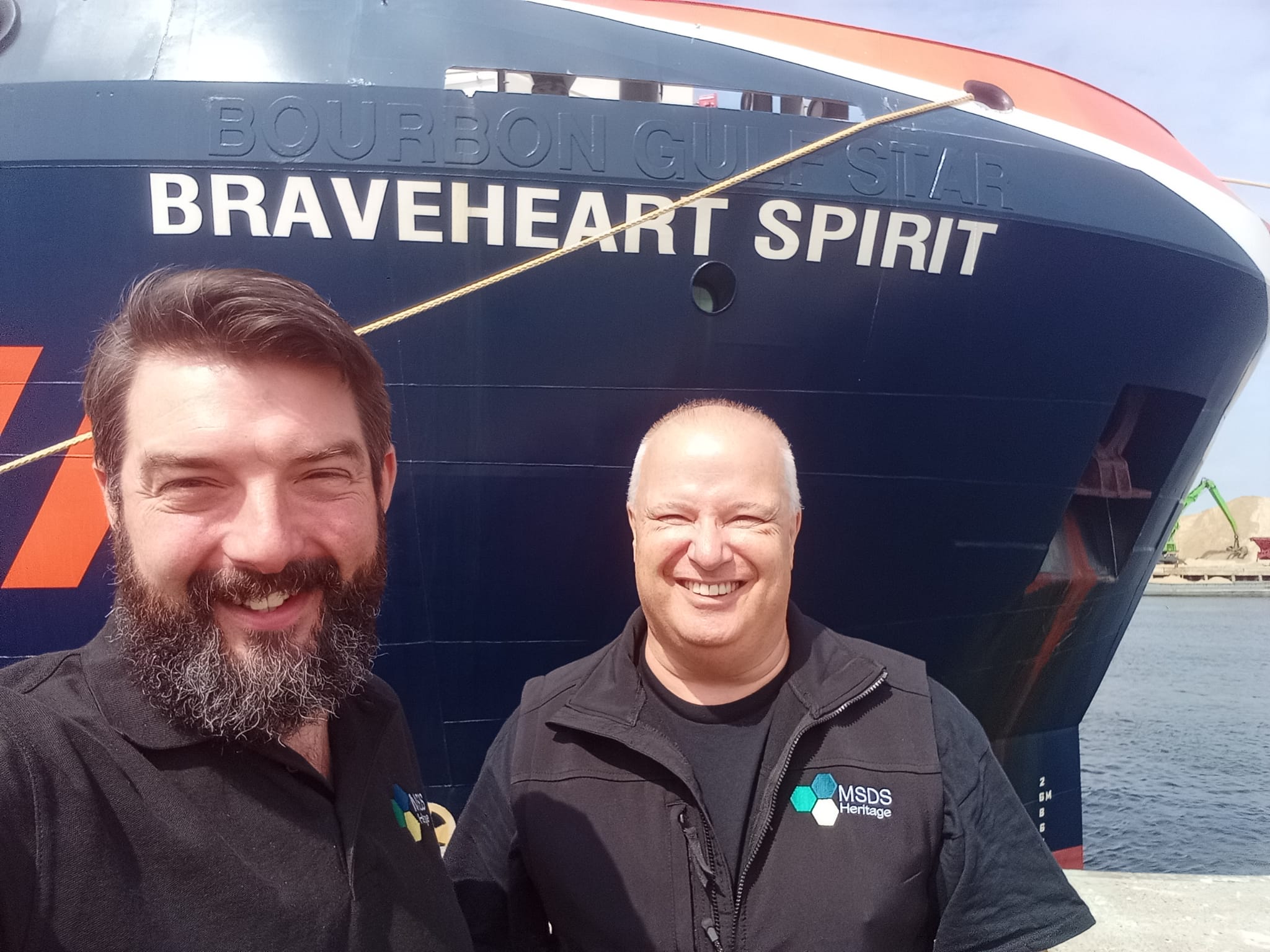In this blog James MacDonell, the 2020 recipient of the MSDS Marine Student Grant Award to support maritime archaeology students shares how he has spent his award.
When the coronavirus pandemic started I was just finishing my undergraduate degree at the University of Southampton and was preparing to start my masters in Maritime Archaeology that October. In preparation for the course, I had learnt to dive a few years before and I was really looking forward to being able to get my first experiences of wreck diving and maritime archaeology first-hand. But the shift to online learning meant that being a maritime archaeology student in 2020 and 2021 was challenging as it was impossible to gain any practical experience and it even became incredibly difficult to go diving. Along with other university clubs, my university dive club was forced to stop all activities for most of 2020/21 only reopening relatively recently over summer. Without access to their kit, which comes free after you pay membership, it was simply too expensive to hire kit every time I wanted to go diving.
However thanks to the MSDS Marine Student Awards Grant I was able to buy my own kit including a drysuit and regulators. Because of this I was able to go diving when I otherwise would not have been able to and I was also able to dive in locations that I never would have been able to before as the cost of kit hire would have been too much. I was able to dive at Mercer’s Country Park in Redhill where I used to windsurf as a kid and saw the remains of an old plane which I was told possibly dated back to around the time of the First World War. It was the first dive that I had ever been on where I had the chance to connect with underwater cultural heritage that had not purposefully been sunk there as an amusement for divers and reminded me why I wanted to get into maritime archaeology to begin with. Then later on in 2021 I dived off Chesil beach which is a site I had never dived before. There I came across my first ever wreck while diving. I spent time exploring the remains of the wreck examining the metal framing and the rivets that held it together while trying to identify what section of the wreck I may be looking at. It may not have been a well-known wreck or of much archaeological significance, but it was still incredibly exciting to be given the opportunity to put the knowledge I learned through online lectures to use when face to face with a wreck. But most importantly I was able to continue my depth progression after my Sports Diver course in 2019, now being qualified to a depth of 25m with a dive planned soon to qualify me to 30m.
Thanks to MSDS Marine I’m now ready to recommence my Masters this October with the knowledge and qualifications to jump straight into archaeological diving when my course starts and I am now qualified to dive at a deep enough depth to hopefully be able to help on maritime archaeological projects in the upcoming year. Without this grant I would have had to recertify my qualifications and relearn almost everything I knew about diving from scratch and would have never had the opportunity to dive some of the sites I have.








